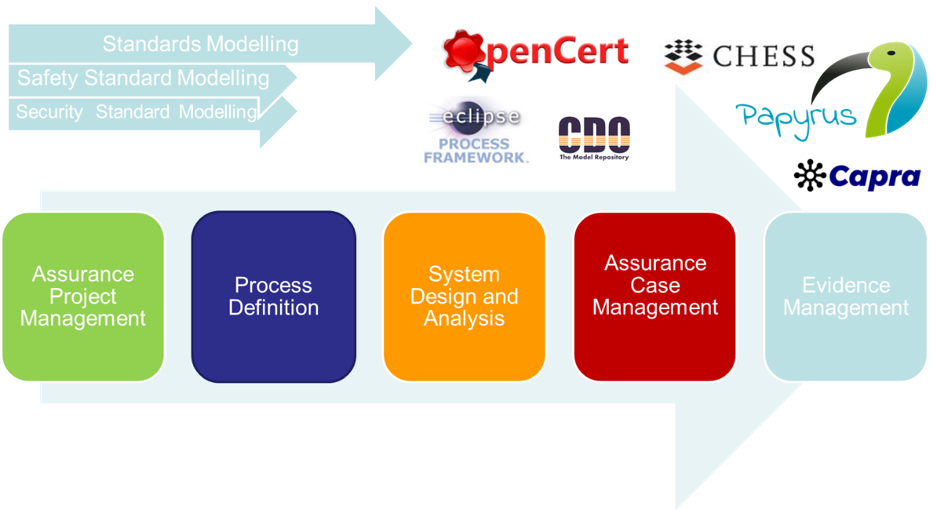
The feasibility/validity continuum has been developed and discussed for measures of energy expenditure. For simplicity, the measures are aggregated into three main categories (report-based measures, monitor-based measures, and criterion measures). Measures that are more feasible to use may have lower validity. f Measures that are highly valid are often too expensive or cumbersome to use in large-scale research applications. This relationship is illustrated in Figure 5A. The Feasibility/Validity ContinuumĪ common method for comparing measures is to determine their validity in relation to their feasibility. Many excellent review papers have already summarized the utility of various assessment tools 1,4,8,40,41 so this section emphasizes the considerations that are important when comparing tools described in the NCCOR Measures Registry.

This section provides a brief description of physical activity measures while establishing an important relation between feasibility and validity. The Healthy Community Checklist (Michigan Department of Community Health) is a 40-item questionnaire that provides a quick assessment of a community’s health environment with regard to promoting physical activity healthy eating and healthy weight and smoke-free environments and tobacco-free lifestyles.Overview of Physical Activity Assessment ToolsĪ number of techniques and tools are available to assess physical activity in children and youth, each with advantages and disadvantages.
PHYSICAL PROJECT PLANNING TOOLS HOW TO
The Planning Information Sheet: Integrating Health into Comprehensive Planning (University of Minnesota Design for Health) helps communities begin thinking about how to integrate health into their planning and design decisions. The Health Impact Assessment Tools and Resources (Design for Health) help focus attention on human health in the planning process. The Healthy Community Planning Toolbox (Tacoma-Pierce County) helps planners create healthy communities by integrating health in planning documents. The Healthy Community Design Toolkit-Leveraging Positive Change (Pioneer Valley Planning Commission) identifies key leverage points in local community design, planning, and development to help make communities healthier.

The Parks, Trails, and Health Workbook helps communities in designing parks and trails that promote physical activity, reduce stress, and provide environmental benefits. It provides a framework for public health departments, city planners, project managers, and other stakeholders to work together. The Parks and Trails Health Impact Assessment Toolkit can assist in the development of HIAs with park and trail components. The Transportation Health Impact Assessment Toolkit provides a framework for public health departments, city planners, project managers, and other stakeholders to conduct HIAs on proposed transportation projects, plans, and policies. The Built Environment Assessment Tool measures the core features and qualities of the built environment that affect health, especially walking, biking, and other types of physical activity. The Healthy Community Design Checklist can help planners, public health professionals, and the general public include health in the community planning process. The CDC/DOT Transportation and Health Tool gives transportation decision-makers, health officials, and the public easy access to data to understand the health impact of an existing transportation system or proposed transportation project. This page describes tools created by CDC and partners to help planners, decision-makers, the public, and other stakeholders with health planning. The Healthy Community Design Initiative, also known as the Built Environment and Health Initiative, is no longer a funded program and the information on this website is not being reviewed and updated on a regular basis.


 0 kommentar(er)
0 kommentar(er)
